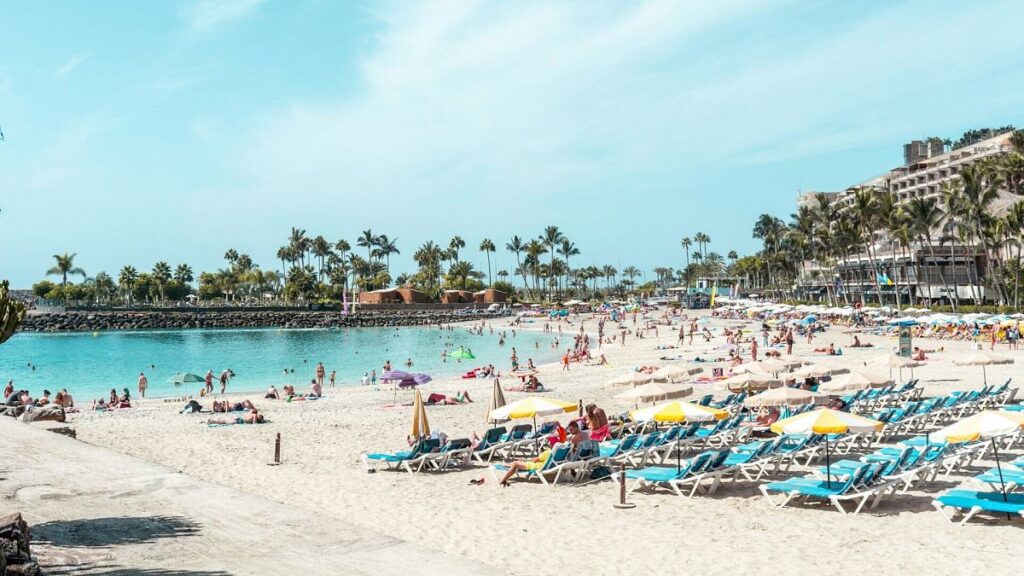Published on
As millions of holidaymakers prepare to head to the Canary Islands this summer, authorities have issued a wildfire pre-alert across the archipelago.
The warning, announced by the General Directorate of Emergencies on Sunday, applies to tourist hotspots El Hierro, La Palma, La Gomera, Tenerife and Gran Canaria.
It comes as the islands enter a high-risk fire period following the wet season, as hot, dry winds known as the ‘calima’ begin blowing in from the Sahara Desert.
Fires are common, but they haven’t slowed tourism
The risk of wildfire is nothing new for the Canary Islands.
The volcanic terrain, Mediterranean climate and fire-adapted vegetation – plants that have evolved to thrive in fire-prone environments – make them susceptible to summer blazes, and scientists say wildfires are part of the archipelago’s ecological rhythm.
Some of the worst occurred in 2023, when forest fires ravaged Tenerife, destroying more than 15,000 hectares of land and forcing 12,000 people to evacuate. The blaze was later found to have been started by arsonists.
This year, officials are urging tourists and locals alike to take extreme caution, warning against launching fireworks near forests and discarding cigarettes on dry ground.
But even as the fire warnings roll in, the Canaries’ appeal shows no signs of slowing down.
In 2024, the islands welcomed nearly 18 million tourists, including a record-breaking 15.5 million international arrivals. Among them, British travellers led the way, recording 6.3 million visits – up 500,000 from 2023.
Concerns about overtourism mount amid record arrivals
While the Canary Islands continue to attract record numbers of tourists, residents are increasingly voicing concerns about overtourism.
In April 2024, tens of thousands of islanders participated in protests, holding signs that read “the Canary Islands have a limit” while rallying against rising housing costs, environmental damage and the strain on public services.
Over Easter this year, about 80,000 hospitality workers in Tenerife, La Palma, La Gomera and El Hierrowalked out in a dispute with unions over pay.
The surge in short-term rentals has been especially contentious. Locals have reported getting priced out of their neighbourhoods as properties are converted into holiday lets, the cost of living soars and wages stagnate.
Despite these concerns, tourism remains a significant part of the Canary Islands’ economy, accounting for approximately 35 per cent of its GDP.
Tenerife still reigns supreme
After welcoming seven million tourists in 2024, Tenerife remains the most visited island.
Its year-round sunshine and wide beaches keep it a firm favourite among families, especially during the UK’s summer school break and throughout the winter months.
As the peak summer season picks up, local tourism boards have made no indication that the fire pre-alerts will disrupt travel plans.
But authorities remain focused on prevention this year.
More than 2,000 firefighters are on standby. Meanwhile, the government has distributed detailed safety advice, urging people to prepare a go-bag, stay informed and follow emergency evacuation or shelter-in-place instructions if fires erupt.
Read the full article here


